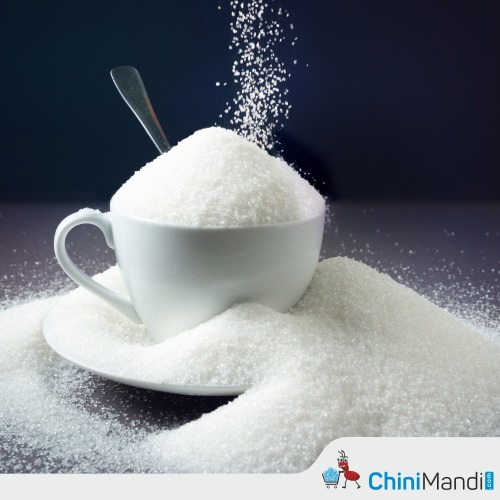In the face of poorly regulated Ukrainian sugar imports, Africa, Caribbean, Pacific (ACP) and Least Developed Countries (LDCs) sugar suppliers demanded policy coherence for development from the EU and UK authorities and an end to preference erosion.
The agreement of the European Council presidency and of the European Parliament of 20 March 2024 – likely to be ratified by the European Union in the next few days – to permit up to ≈ 459,320 tonnes of sugar from Ukraine, duty free and inadequately regulated, into the European Union sugar markets in 2024 and until 5 June 2025 will – as the trade data shows has already happened from June 2022 to date – displace an equivalent quantity of preferential sugar exports to the EU originating in ACP and LDCs.
The ACP-LDC Sugar Industries Group, representing the ACP and LDC sugar industries supplying the EU and UK markets, has therefore requested the EU authorities to support the transit of Ukraine’s sugar exports through the EU to its traditional markets in north Africa and the Mediterranean, supported by subsidies as may be required. They urged to limit Ukrainian sugar imports into the EU in accordance with the EU’s international commitments, particularly to developing country sugar sectors. Such limitation could be achieved by taking a benchmark average of Ukrainian imports in 2021, 2022 and 2023. And Ukrainian sugar trade to and through the EU must be carefully monitored via a suitable licensing system with safeguards being swiftly applied.
According to the press release, the huge displacement of ACP/LDC sugar caused by increasing imports from Ukraine, amounting to perhaps around a third of all anticipated ACP/LDC sugar exports to the EU markets, will now doubtless have to find less remunerative and riskier outlets in the global markets, at great cost to socio-economic development in ACP and LDC countries, if indeed such unremunerative markets remain viable outlets. This displacement – if not exclusion – of ACP and LDC sugar in the EU27 markets comes on top of the displacement of ACP and LDC sugar from the United Kingdom markets already suffered further to the introduction of an Autonomous Tariff Quota of 260,000 tonnes of raw sugar for refining and the agreement of a Free Trade Agreement with the Commonwealth of Australia which allows access for up to 100,000 tonnes of duty-free Australian sugar of all qualities, rising by 20,000 tonnes per annum. The sugar industries of ACP and LDC countries provide secure, relatively well-paid and decent employment for more than 500,000 people – supporting many more family members and downstream jobs. These industries also play a vital role in the transition to a more sustainable, pollution-free and biodiverse environment globally. These are industries which deserve coherent policy for development, not the opposite.
However, it would seem to remain possible by means of strengthened regulation of import licences and the EU-Ukraine Solidarity Lanes, to support Ukrainian sugar farmers and processors by enabling them to regain their remunerative outlets in the North African and Middle East markets which were open to Ukrainian sugar prior to Russia’s invasion and the disruption of sea freight operations.
Under the terms of the Economic Partnership Agreements with ACP countries, for example under Article 42 of the Agreement between the CARIFORUM States and the EU (2), the EU commits to “undertake prior consultations on trade policy developments that may impact on the competitive positions of traditional agricultural products, including bananas, rum, rice and sugar, in the market of the EC Party”. This consultation did not take place with the CARIFORUM states as required.
Therefore they called on the European Union to adopt such strengthened regulation as may be necessary to enable Ukrainian sugar to be exported to the North African and Middle East markets, and at the same time to permit ACP and LDC sugars to maintain significant preferential access within the European markets for as long as is feasible and to ensure that any unavoidable reduction in preference is phased in over as long a period as possible.












